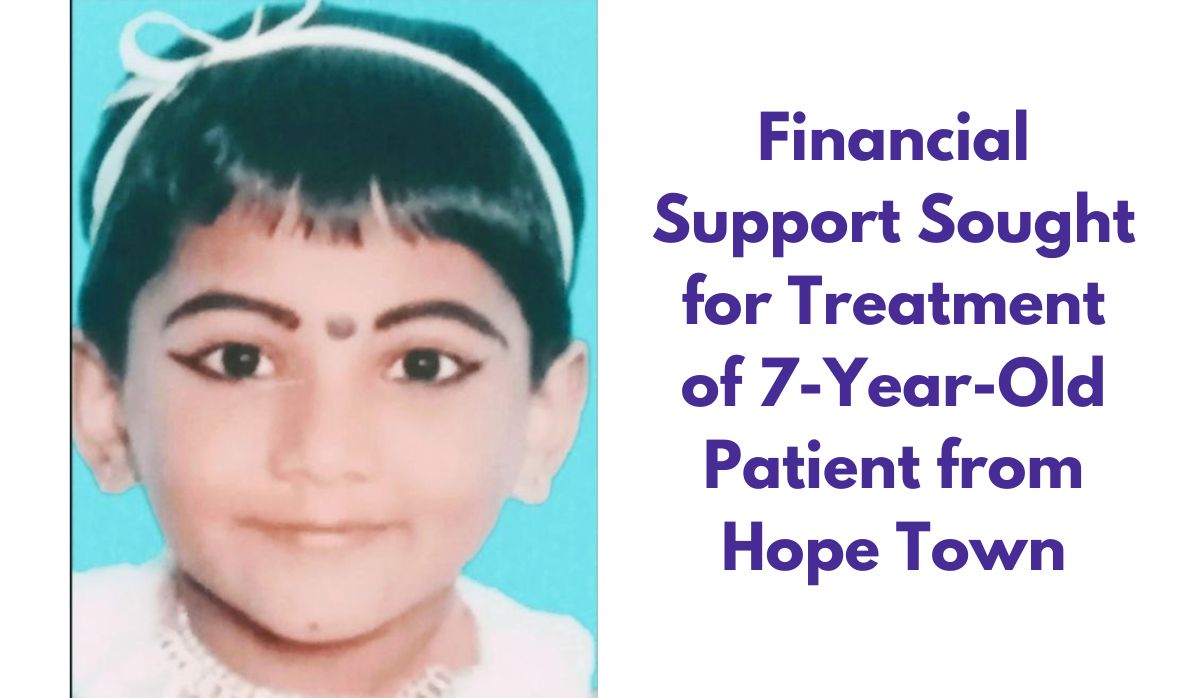Governments in India have come and gone, nevertheless what stays perpetual is the dynamic international coverage assemble of India. The idea of the “extended neighbourhood” has been woven into India’s international coverage, which is now changing into multidimensional and omnidirectional – a 360-degree view necessitated by a quickly altering world – significantly after 1997 (Atal Bihari Bajpai) or 2004 (Manmohan Singh). The historic change of energy on this planet offers a compelling backdrop for India’s step by step rising emphasis on “extended neighbourhood” in its international coverage observe and projection. Historically talking, the prolonged neighbourhood has influenced India’s international coverage since its independence. Philosophically, the thought of “Vasundhara Kutumbakam,” or “the world is one big family,” is intricately entwined with the phrase “extended neighbourhood.”
The Look East coverage and the start of India’s financial reforms within the early Nineteen Nineties paved the way in which for a multifaceted acceleration of financial and strategic interplay with East and South-East Asia, that are dwelling to a number of the area’s most dynamic economies and innovation hubs. India edged nearer to the energy-rich areas of West Asia and Central Asia through the subsequent 10-15 years as its want for hydrocarbons developed quickly. Various geo-economic and geo-strategic imperatives gasoline India’s increasing involvement with its wider neighbourhood. The geo-economic crucial requires larger financial integration by means of commerce, funding, know-how switch, and innovation. Additionally, it entails making a community of linked free commerce agreements all through the world. Engaging and collaborating extra steadily to sort out a variety of intertwining considerations, equivalent to terrorism, maritime piracy, transnational crime, catastrophe mitigation, and countering transnational pandemics.
INDIA’S INTERESTS IN THE EXTENDED NEIGHBOURHOOD
India’s pursuits lengthen past its borders, its fixation on the South Asia-centric notion of neighbourhood can now not be deployed as a helpful analytical framework to judge India’s regional diplomacy. India’s prolonged neighbourhood, subsequently contains of the South Asia, Indo-Pacific, South-East Asia, West Asia and Central Asia. Each of those neighbourhood comes with its personal alternatives and challenges so far as India is anxious.
BIMSTEC/ACT EAST/ INDO-PACIFIC: India’s desire for BIMSTEC over South Asian Association for Regional Cooperation (SAARC) stems from the diplomatic technique to ‘isolate Pakistan’ which interprets to maintain Pakistan out of its strategic pursuits within the area given the turbulent previous of the 2 international locations. However, this isn’t essentially the one cause for India to give attention to BIMSTEC extra. Both inner and exterior strategic concerns immediate India’s involvement within the sub-regional convention for the Bay of Bengal[1].
Internally, international locations within the Bay of Bengal subregion are concerned within the improvement and safety considerations of India’s japanese shore, the Andaman and Nicobar Islands, and the Northeast area. Externally, three key coverage initiatives—the “Neighbourhood First” coverage, the “Act East” coverage, and the “Indo-Pacific” assemble—direct Delhi’s current regional technique, which includes the BIMSTEC subregion.
The frontier areas of India, such because the Northeast and the Andaman and Nicobar Islands, are removed from the nation’s predominant financial centres. With different BIMSTEC members, together with Bangladesh, Bhutan, Myanmar, and Nepal, India shares sea and land borders (maritime boundaries with Bangladesh, Myanmar, Sri Lanka and Thailand). The Bay of Bengal subregion is being envisioned because of the BIMSTEC summit, which makes the Neighbourhood First coverage extra important than ever. This means that the sub-regional grouping performs a vital function within the efficacy of this strategy. India’s “Act East” international coverage technique is launched within the BIMSTEC subregion. India’s journey to the east will proceed easily if it maintains good relations with the BIMSTEC international locations[2].
As far because the Indo-Pacific is anxious, it’s a comparatively a brand new idea. Despite being an American initiative, India adopted the Indo-Pacific framework to increase its hub-and-spoke community past its present alliance construction and combine India into the brand new safety system led by the US. The improvement of the strategic alliance between Japan and India, which served as the inspiration for the Indo-Pacific area, has had the fervent assist of the US. India’s prominence on safety considerations within the space has improved because of India’s rising strategic engagement with the Pacific littoral international locations. The concept that main nations ought to assume extra duty for sustaining peace and stability within the area has culminated with the creation of the Quadrilateral Security Dialogue (QUAD) framework.[3]
India’s curiosity within the Indo-Pacific framework is basically as a result of outstanding place that different nations have given it within the Indian Ocean area (IOR). How different main international locations see India will play a task in figuring out its place inside the bigger worldwide energy system. India can be assured that cooperation with the US, significantly within the Indo-Pacific space, will assist it purchase the state-of-the-art defence applied sciences wanted to counter threats from its long-time adversaries like Pakistan and China. India advantages naturally from its proximity to the Bay of Bengal subregion, however it additionally implies that main powers have gotten extra excited by its yard. Long-term strategic issues for India are posed by China’s increasing affect within the wider Indian Ocean area in addition to the Bay of Bengal subregion. Beijing has proposed quite a few tasks as a part of the Belt and Road Initiative (BRI), together with the China-Myanmar Economic Corridor, the China-Laos-Thailand Railway Cooperation and so forth[4].
WEST ASIA: In 2005, Prime Minister Manmohan Singh introduced the “Look West’ coverage as an extension of India’s financial hinterland and widening strategic cooperation. Indian pursuits within the Gulf have continued to be primarily centered on commerce, vitality safety, and defending the rights of the Indian diaspora within the space. India is actively selling its tradition and academic system within the space with a give attention to cooperation and alternate. Strengthening the connection within the fields of training and tradition has been meant to take care of India’s mushy energy dominance by selling Indian tradition and aiding human useful resource improvement within the area. By forging strategic alliances and fostering the area’s essential vitality and commerce relations, India has made clear that it needs to include the Gulf area in all practicable new industries[5].
When Modi was elected in 2014, the broad outlines of India’s Middle East technique had been effectively established. Instead of selecting a special route, the brand new administration continued alongside the identical street however bolstered the “Look West” coverage by concentrating on three key areas: the Arab Gulf states, Israel, and Iran.
Fast ahead 2022, the I2U2 group of nations, ‘I2’ standing for India and Israel and ‘U2’ representing the United States (US) and United Arab Emirates (UAE), held their first summit degree digital meet on 14 July, throughout US President Joe Biden’s go to to Israel. The summit-level talks come as a welcome push because the assembly of I2U2 international ministers in October 2021 was adopted by a lull regardless of many analysts christening this new setup because the ‘Middle East Quad’ (or ‘West Asia Quad’).[6]
Each of the 4 member international locations has emphasised one of many six focal factors of collaboration that can function the start of the following stage of this engagement. The first batch of pilot tasks will give attention to cooperation within the fields of water, meals safety, well being, transportation, and area cooperation. These initiatives will function below broader world points like local weather change, worldwide financial stability, risky vitality markets, and meals markets which have disproportionately impacted the Global South compared to the extra developed areas of the world. The basis of those tasks is geoeconomics. As far as India is anxious, becoming a member of the I2U2 permits India to take use of its beneficial relations with Israel, the Gulf, and the US to develop financial exchanges which might be mutually helpful and have nearly no potential drawbacks.
CENTRAL ASIA: The Silk Road offers the premise for the historical past of India’s relations with Central Asia. However, as time progressed, India’s ties to Central Asia continued to weaken, which can be obvious from the truth that India didn’t have any sizable post-independence coverage geared toward Central Asia. With India’s financial system rising, so did the demand for vitality, necessitating a diversification of suppliers exterior of the Gulf. In order to minimize its reliance on pipelines by means of Russia, Central Asia additionally considered the way it might provide vitality to Asia’s quick rising international locations, equivalent to India and China. India’s “Connect Central Asia Policy” is the results of its rising fascination with the area. E. Ahamed, who was the minister of External Affairs for the State on the time, drew consideration to the growing political and financial integration of Central Asia with the remainder of the world in 2012 and famous the area’s proximity to India. India’s “Connect Central Asia Policy” was enhanced when Prime Minister Narendra Modi visited all 5 in 2015, making him the primary Indian head of state to take action[7]. This renewed curiosity is as a result of area’s altering geopolitical panorama, significantly the expansion of China’s Belt and Road Initiative (BRI), in addition to the exterior safety considerations the area faces. India has strengthened the institutional underpinning for its bilateral defence cooperation within the area. Notably, agreements and memorandums of understanding (MOUs) referring to defence and navy know-how cooperation had been signed between India and Kazakhstan, Kyrgyzstan, and Turkmenistan throughout Prime Minister Modi’s journeys to these nations in 2015. In order to safeguard its vitality pursuits, India has additionally boosted its civil nuclear cooperation with the area.
KEY CHALLENGES AND OPPORTUNITIES VIS A VIS INDIA’S ACT EAST POLICY
India has been engaged within the South-east Asian area on all fronts since 1992, when Prime Minister PV Narasimha Rao introduced a “Look East Policy” to have interaction with Southeast Asia. These fronts embrace diplomatic, safety, financial, and people-to-people engagement. Building on Narasimha Rao’s basis, Prime Ministers Atal Bihari Vajpayee and Manmohan Singh developed a strong partnership with the Association of Southeast Asian Nations (ASEAN). Following this technique, Prime Minister Narendra Modi transitioned his Look East technique into an Act East technique.
Challenges:
The northeastern area has seen sluggish improvement on the AEP overland connection technique, despite the fact that nearly all of the 4Cs (commerce, connectivity, capacity-building, and tradition) below AEP are classed as “anticipated” or “ongoing” with a versatile/infinite timeframe strategy. Despite being in control of a significant strategic overland connecting level to Southeast Asian international locations, Modi continues to have a severe strategic flaw in his willpower to play a big function in world occasions on the expense of ignoring fruitful engagement within the North East Region and with India’s shut neighbors[8].
The Indo-Pacific Strategy of 2017 strengthened the hedging of a China-counter technique by means of the AEP, however the incoherent and imprecise China coverage of the Trump administration was marked by uncertainties when it comes to precedence and emphasis, resulting in a “worrying” coverage scenario in Modi’s technique towards China
According to Sanjaya Baru, many ASEAN nations wished India to counterbalance China’s increasing energy, which was initially sparked by China’s fast rise after the transatlantic monetary disaster and the Xi Jinping regime’s growing assertiveness. Regional enterprise was dismayed by India’s financial slowdown and inward focus, which had been indicated in its choice to surrender the Regional Comprehensive Economic Partnership (RCEP) pact. While the ASEAN and Indian governments labored to take care of optimistic ties, Southeast Asia’s influential company communities—principally Chinese—began to turn into much less excited by India[9].
OPPORTUNITIES
When the world was maybe coping with the COVID-19 outbreak, India in its prolonged neighborhood provided COVID-19 associated help by supplying HCQ and Paracetamol and different medical gear’s to nearly 123 international locations together with US, Germany Spain and so forth. India’s stand on Act East coverage is probably diminishing. Although through the peak COVID-19. Modi’s broad spectrum diplomatic strategy is appreciated, it ignored its key international coverage pursuits within the area that’s BIMSTEC and ASEAN which emerge as India’s key pursuits within the ambit of India’s Act East coverage. The long-term impact of continued Indian cooperation with ASEAN would convey stronger, more practical, and extra outcome-oriented AEP would routinely contain larger engagement, together with simpler bodily connectivity and extra interpersonal contact. This ought to act as a powerful incentive for each events to arrange a sturdy joint pandemic response construction, stopping faster pathogen transmissions from being brought on by improved connection. In order for India to fortify its credibility within the area and given the China query, India ought to actively pursue a extra severe and concrete Act Est Policy.
[1] Beyond the South Asia-centric notion of neighbourhood
Beyond the South Asia-centric notion of neighbourhood | ORF (orfonline.org)
[2] Beyond the South Asia-centric notion of neighbourhood
Beyond the South Asia-centric notion of neighbourhood | ORF (orfonline.org)
[3] Indo-Pacific: Evolving notion and Dynamics
‘INDO-PACIFIC’: EVOLVING PERCEPTIONS AND DYNAMICS – National Maritime Foundation (maritimeindia.org)
[4] Beyond the South Asia-centric notion of neighbourhood
Beyond the South Asia-centric notion of neighbourhood | ORF (orfonline.org)
[5] Accelerating India’s Look West Policy within the Gulf: IDSA
[6] The I2U2 summit: Geoeconomic cooperation in a geopolitically difficult West Asia
[7] Realising India’s Strategic Interests in Central Asia
[8] India’s Act East Policy: Warning to China or Flawed Strategy?
[9] What’s going flawed with India’s Act East Policy
Sanjaya Baru writes: What’s going flawed with India’s Act East coverage? (indianexpress.com)
Related















